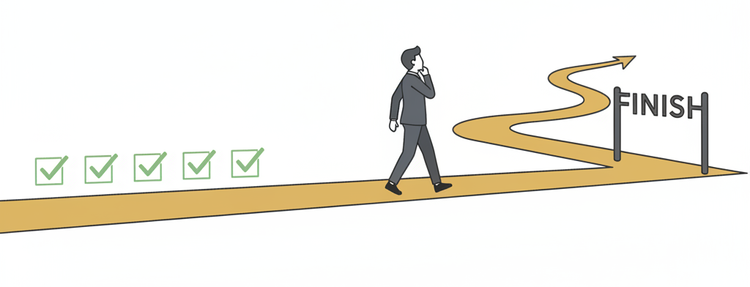Why Your Head of Recruitment Should Be in Every Strategic Meeting

We talk a lot about health system transformation—new models of care, interdisciplinary teams, long-term sustainability.
But there’s one voice often missing from these high-level conversations: the recruitment partner.
Recruitment is not just about filling vacancies. When done well, it’s a strategic function that can offer real-time insights into market conditions, talent trends, and feasibility. And in today’s environment, that intel is more important than ever.
Here’s why recruitment representation matters in system-level decisions:
Realistic Workforce Planning
We can’t design future-facing care models without understanding what talent is available, what it values, and what it takes to attract it. Recruiters can flag supply issues early and offer solutions rooted in lived candidate experiences.
Better Alignment: Clinical Goals
When recruitment is involved from the start, we can help tailor role designs, job structures, and timelines to what the market will realistically support—rather than adjusting too late. We can also communicate to trainees and prospects what type of skills are and will be needed.
Improved Timelines Lead to Retention
When recruiters are part of service planning or program redesign, we can ensure the right hiring strategy is ready to go. That leads to smoother launches, more targeted outreach, and ultimately—better retention.
Equity Across Communities
Recruiters see patterns. We notice where candidates are saying “yes,” where they hesitate, and why. That data can guide investments, shape messaging, and help ensure healthcare access is equitable across regions/sites.
In a time where recruitment and retention are among the biggest threats (and opportunities) to service delivery—why wouldn’t we include the people on the frontlines of that challenge in the conversation?
I would encourage anyone to think about recruitment as not just the final step in a decision/plan but as a strategic partner from day one.
This is the ultimate asymmetric advantage. The cost of including your recruitment leader in a strategic meeting is one hour of their time. The cost of not including them is a multi-million dollar strategic plan that fails because it is disconnected from the realities of the talent market. The smartest leaders don't see recruitment as a downstream function; they leverage it as an upstream source of critical market intelligence.





